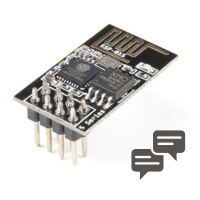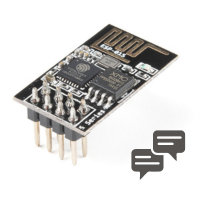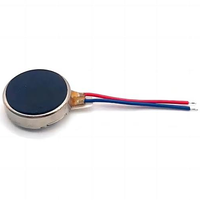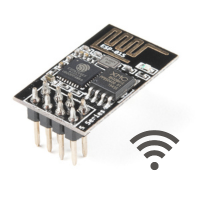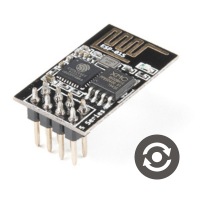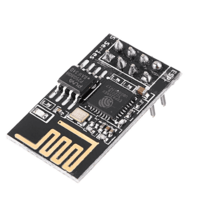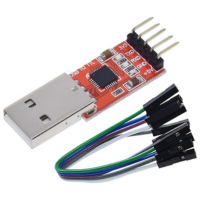Understanding PISO Shift Registers

Shift registers are integral components in digital electronics, enabling efficient data management and transfer. As your Arduino projects evolve, you might face the challenge of needing to read multiple inputs simultaneously. PISO (Parallel-In, Serial-Out) shift registers provide an elegant solution to this problem. These devices enable you to read several inputs while using only a few pins on your Arduino, making them essential for projects that require a large number of buttons, switches, or sensors. This article explores why shift registers are necessary, how they function, and their practical applications with Arduino.

